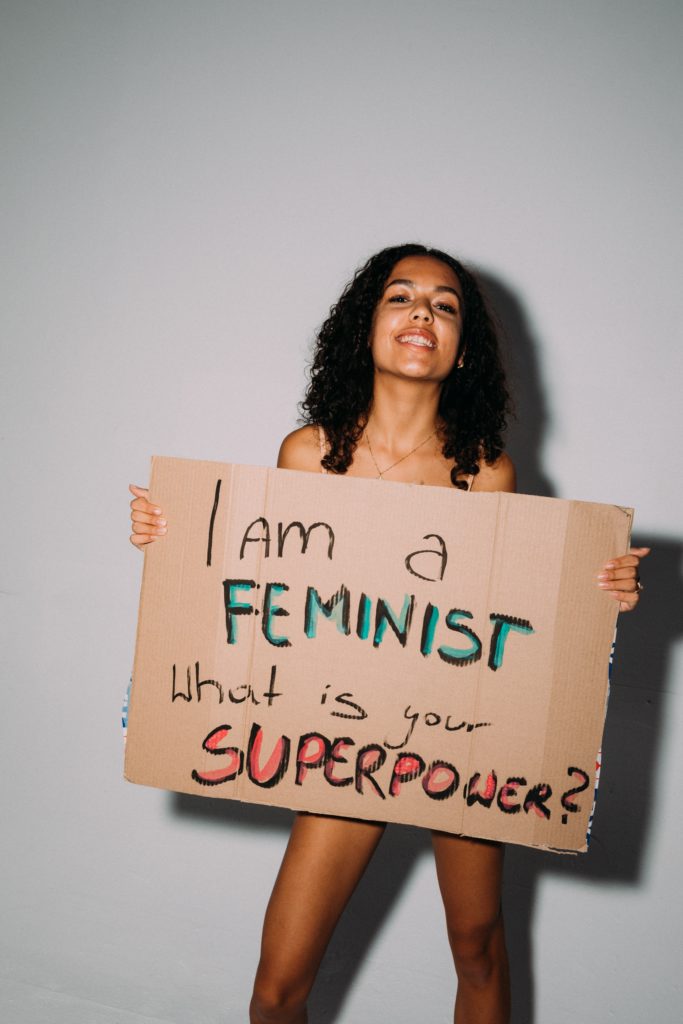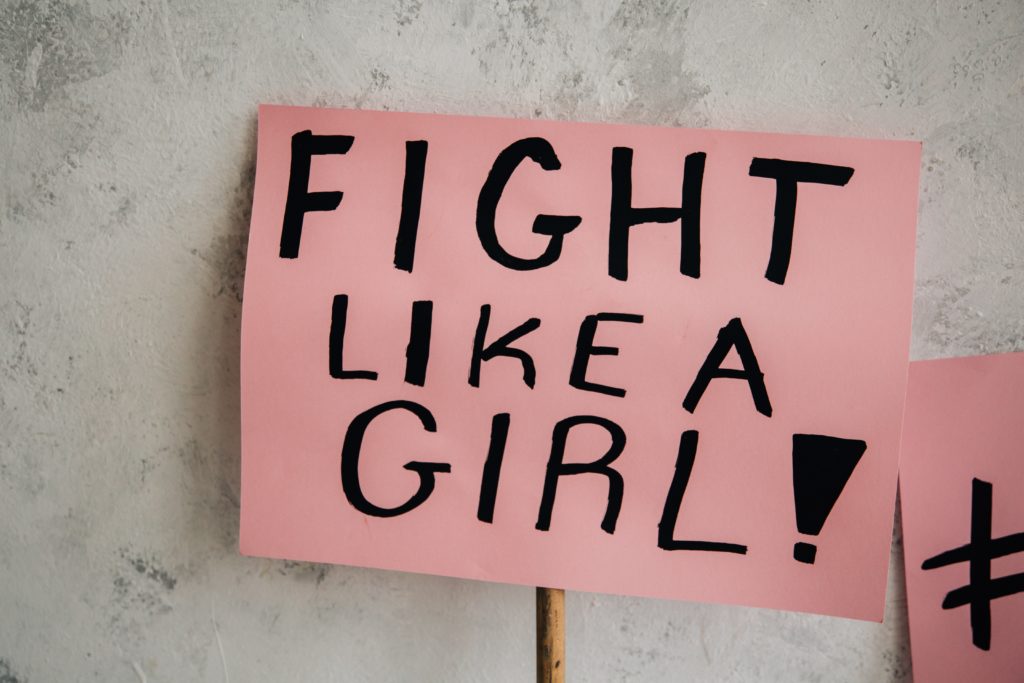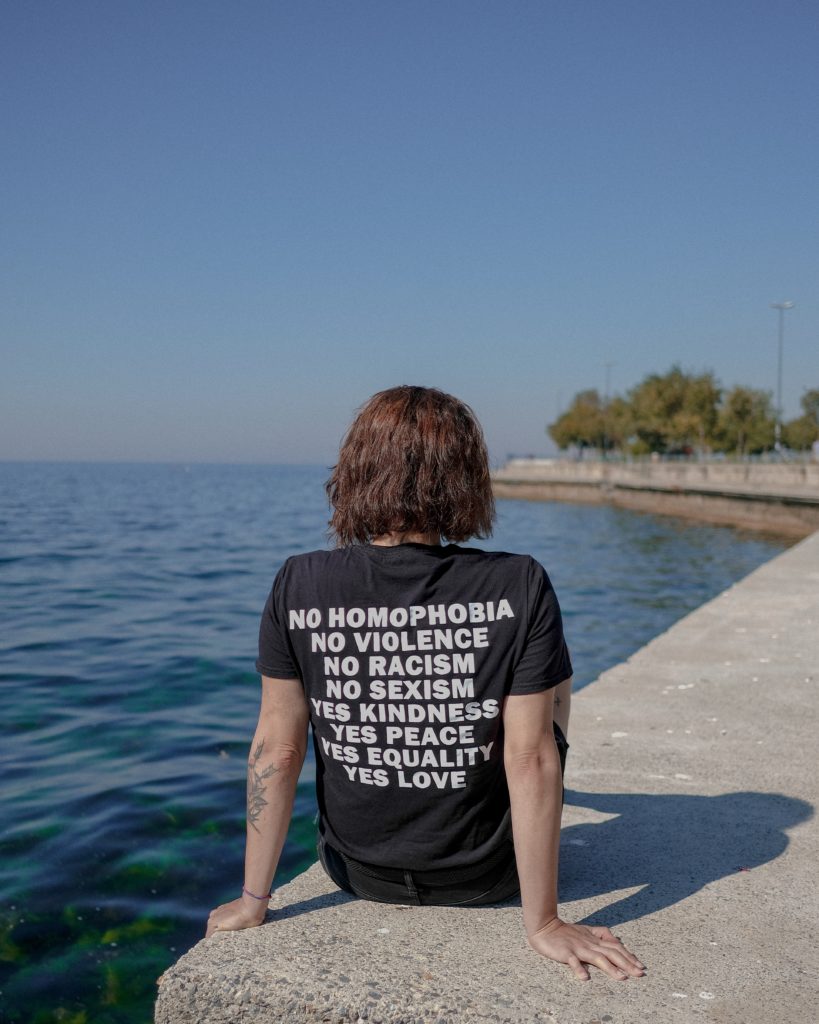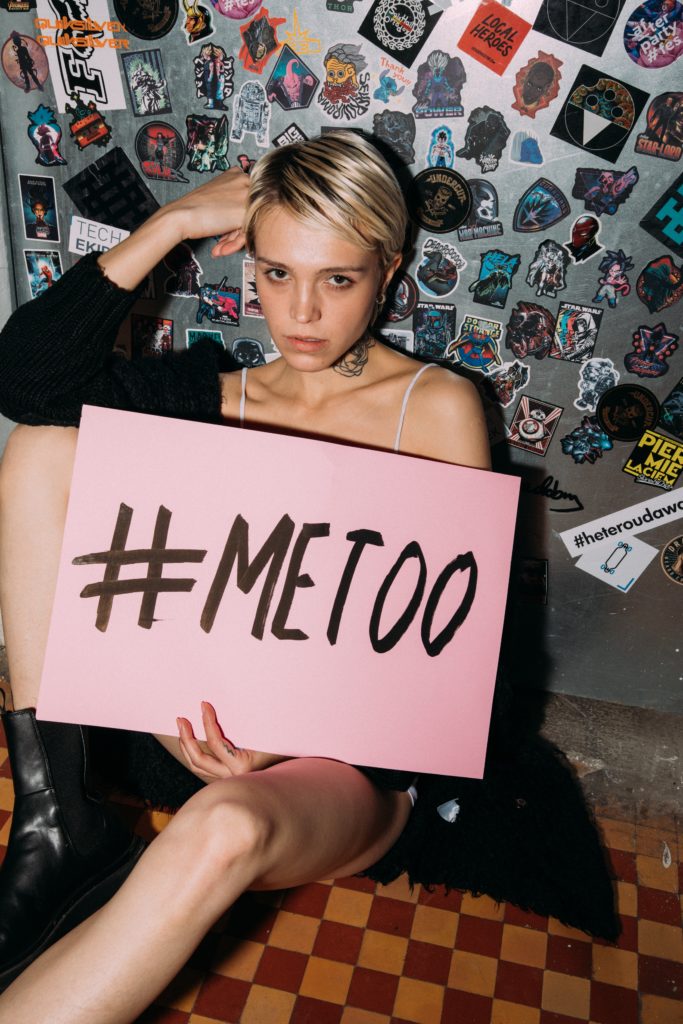Feminism has become a dirty word.
Women now have the right to vote, drive, and earn money, which has led some people to question why we need feminism.
But, while feminism may have its flaws, the fact is that women the world over face violence and oppression because of their gender.
Read on to discover feminism’s chequered past and why we still need it in 2021.
What Is Feminism?
The first thing to note is that “feminism” is not a singular concept, and feminists do not all agree on what the term means or what a feminist society should look like.
In simple terms, feminists aspire to equality between all people of all genders.
But the reality is not that simple.
Feminism has a long and complicated history that has led many women to reject the term itself.
In some cases, this is because they incorrectly conflate being a feminist with being an ugly, bra-burning man-hater.
Others, such as women of color and transgender women, do not feel that mainstream feminism represents them.
To understand the diverse perspectives on feminism, you must first know a little about its history.

What Are the Main Types of Feminism?
Feminism has traditionally been classified as a series of waves occurring at different moments throughout history.
Although the metaphor is somewhat reductive, it remains one of the easiest ways to conceptualize the history of feminism.
First Wave Feminism
First-wave feminism, which started with the Seneca Falls Convention in 1948, focused on demanding women’s suffrage, or the right to vote, as well as employment, education, and the right to own property.
Initially, the women’s movement was closely tied to the abolitionist movement.
Women of color, such as Sojourner Truth, Maria Stewart, and Francis E.W. Harper, played a fundamental role and championed universal suffrage.
However, race became a political issue for the leaders of the women’s suffrage movement when, in 1870, the 15th Amendment granted Black men the right to vote.
This catalyzed the suffragette movement, and feminism became a movement for white women.
The first wave of feminism culminated in the signing of the 19th Amendment in 1920, which granted all women the right to vote.
Second Wave Feminism
The second wave of feminism began with the publication of Betty Friedan’s The Feminine Mystique in 1963.
In it, she criticized the systemic sexism that expected women to be fulfilled as wives and mothers and that if they were unsatisfied, there was something wrong with them.
These ideas were not new, but the book sold 3 million copies, and the second wave of feminism took off.
The slogan of the second wave was “the personal is political,” so they took on legislation that affected women’s lives.
Some of their achievements include:
- The Equal Pay Act of 1963
- The right to use birth control
- The right to educational equality
They also campaigned for:
- The right to have credit cards and apply for mortgages
- The outlaw of marital rape
- Raising awareness about domestic violence
- Legislating sexual harassment in the workplace
Although the second wave was concerned with racism, it was still predominantly a white woman’s movement and alienated women of color by failing to address the issues that concerned them, such as forced sterilization.
Contrary to popular belief, second-wavers never burned their bras, although they did protest against the Miss America pageant and form the basis for many negative feminist stereotypes.
Third Wave Feminism

The third wave is arguably the most difficult to define, which, some argue, is its defining characteristic.
Furthermore, no one agrees exactly when the third wave of feminism began.
However, the Anita Hill sexual assault case in 1991 was a watershed moment that led to an avalanche of complaints.
The third wave saw the fight for transgender rights become part of the movement.
The foundation for this was laid by Kimberlé Crenshaw, who coined the term “intersectionality” in the 1980s to describe the way different types of oppression intersect, and Judith Butler, who argued that sex and gender are different.
Culturally, Riots grrrl groups represented the third wave, reclaiming the word “girl” to make it sound powerful and threatening.
Third-wave feminists embraced their femininity in a way their second wave predecessors hadn’t as a backlash against the stereotype of the ugly, unshaved, man-hating feminist.
Intersectional Feminism
Is it fourth-wave feminism? Or the evolution of the third wave?
No one is really sure.
Perhaps, though, at this point, it’s no longer useful to think of feminism in terms of “waves.”
Many now prefer the term intersectional feminism, as this recognizes the need for the inclusion of all women, not just white, cis, heterosexual women.
In 2020, Harry Potter author J.K. Rowling caused controversy through a series of transphobic tweets and statements, even publishing a book in which a psychopathic serial killer is a man who dresses as a woman.
This incident highlighted one of the many ways in which different schools of feminist thought conflict with one another — and ignited the conversation around transgender rights.
The internet is a huge influence in this new wave of feminism and has been a driving force behind movements such as #MeToo and Black Lives Matter.

Why Do We Still Need Feminism?
So, without further ado, here are nine reasons why we still need feminism.
#1: We Still Need Feminism Because Racism Exists
Mainstream feminism has historically been a racist movement. It’s time for that to change.
Thanks to the work of activists such as Rachel Cargle, people are beginning to understand the role of white women in the oppression of women of color.
White feminists must examine the inherent racism of feminism and stop excluding women of color, for you can only truly be a feminist if you are also antiracist.
#2: We Still Need Feminism Because Gender-Based Violence Exists
Gender-based violence is still pervasive throughout the world in many forms.
In 2020, one-third of women worldwide suffered intimate partner violence.
Violence against transgender and gender non-conforming people also continues to be prevalent, with 350 people killed worldwide in 2020. This type of violence disproportionately affects Black transgender women.
The WHO estimates that 3 million girls are at risk each year of female genital mutilation, and there are more than 200 million survivors alive today.
Femicide — or the killing of women because they are women — is still widespread in the Middle East and South Asia.
In 2020, the case of 27-year-old Pinar Gültekin in Turkey sparked a global social media campaign to raise awareness about femicide in the country, which has the highest femicide rate in the world.
Latin America has the dubious title of being the location of 14 of the world’s 25 countries with the highest femicide rates. However, 98% of these killings go unprosecuted.
Female infanticide is still prevalent in India, Pakistan, and China.
Sadly, these are just a handful of examples of gender-based violence that continue to take place every day.
#3: We Still Need Feminism Because the Pay Gap Exists
In spite of the Equal Pay Act being passed in 1963, in 2020, women in the US were still earning 81 cents to every dollar a man earns due to no reason other than their gender.
Iceland is the country with the smallest pay gap, where women earn 87 cents to every dollar men earn.
The largest gap is in Bolivia, where a woman earns just 73 cents for every dollar a man earns.
#4: We Still Need Feminism Because Sexual Assault Exists

The #MeToo movement was founded in 2006 by Tarana Burke to highlight the problem of sexual harassment.
It went viral in 2017 following a tweet by actress Alyssa Milano.
#MeToo swept through every industry — from Hollywood to humanitarian aid — and was made famous by the case of Harvey Weinstein, who was jailed in 2020 for sexual assault.
These events don’t occur in a vacuum but rather are part of a continuum. It’s a slippery slope from street harassment and inappropriate jokes to rape, violence, and even death.
#5: We Still Need Feminism Because Women Don’t Have Agency Over Their Bodies
According to Gloria Steinem, “opposing women’s right to control our own bodies is always the first step in every authoritarian regime,” and abortion continues to be one of the hottest political debates in the US and around the world.
In 2020, Donald Trump became the first US president to attend the country’s largest anti-abortion rally.
And in many countries across the world, abortion remains illegal, or access is restricted.
Even in countries where abortion is legal, legislators go back and forth on the issue.
In 2015, Spain introduced a new, stricter abortion law that requires parental consent for girls aged 16 to 18.
By the end of 2020, the Spanish government was considering overturning that law.
#6: We Still Need Feminism Because Beauty Standards Are Unrealistic
Intersectional feminism is body positive, with an emphasis on celebrating the unique beauty of diverse bodies.
But, like many aspects of feminism, it has its opponents.
Some argue that the body positivity movement doesn’t address the underlying structural causes that make women hate their bodies and that we should aim for body neutrality instead.
Whether you prefer to be body positive or body neutral, one thing’s for sure — women have been held to impossible beauty standards for too long.
#7: We Still Need Feminism Because of Medical Bias
For centuries, the medical profession has regarded women as inferior versions of men.
The Greek philosopher, Aristotle, described women as “mutilated males,” an idea which persists today — modern medicine is for men by men.
Almost all medical breakthroughs have been made by testing on male subjects, which means we know much less about female biology than male biology.
This leads to diseases that present differently in women being missed or misdiagnosed.
Not only that, but men have designed medical science about women’s bodies to reinforce the idea of “hysteria,” a concept that is still prevalent in the medical profession today.
As recently as 2018, male gynecologists still endorsed the hysteria discourse when discussing endometriosis patients.
One male gynecologist even claimed that gynecology is equal parts psychology and pathology.
Unsurprisingly, intersectional bias in medicine makes the situation even worse for women of color, as well as transgender and gender non-conforming people.
For example, a Black woman in the UK is four times more likely to die during pregnancy or childbirth than a white woman.
#8: We Still Need Feminism so Women Can Reclaim Their Bodies
The objectification of women starts at an early age and leads to self-objectification, which is harmful to women’s mental health.
Women are victims of objectifying street harassment on average 3.69 times per week — and 84% of women experience this before the age of 17.
Women who experience more objectification also report greater body shame, eating disorders, and depression.
#9: We Need Feminism Because Women Still Do More Unpaid Work
Women still do more unpaid work than men — including domestic labor, caregiving, and volunteering in the community — and, as a result, have less free time.
The US is the only developed country that does not offer any paid leave to new mothers or fathers — and women are the ones who pick up the economic slack.
In most other countries, paternity leave — if it exists at all — is much shorter than maternity leave, with a handful of progressive exceptions.
This means the woman is usually the one who ends up spending more time at home with the baby and doing the majority of the unpaid labor.

Feminism may not be perfect, but it’s the best hope we’ve got in the fight for women’s rights around the world.
These nine reasons are only the tip of the iceberg, but I hope you’ll agree with me that we still need feminism now as much as ever.
Thanks for stopping by and reading my guide. Share this piece with a friend to help them too!
Related Content
Online Life Coach – The Complete Guide
6 Best Life Coach Certifications Online ICF Accredited
